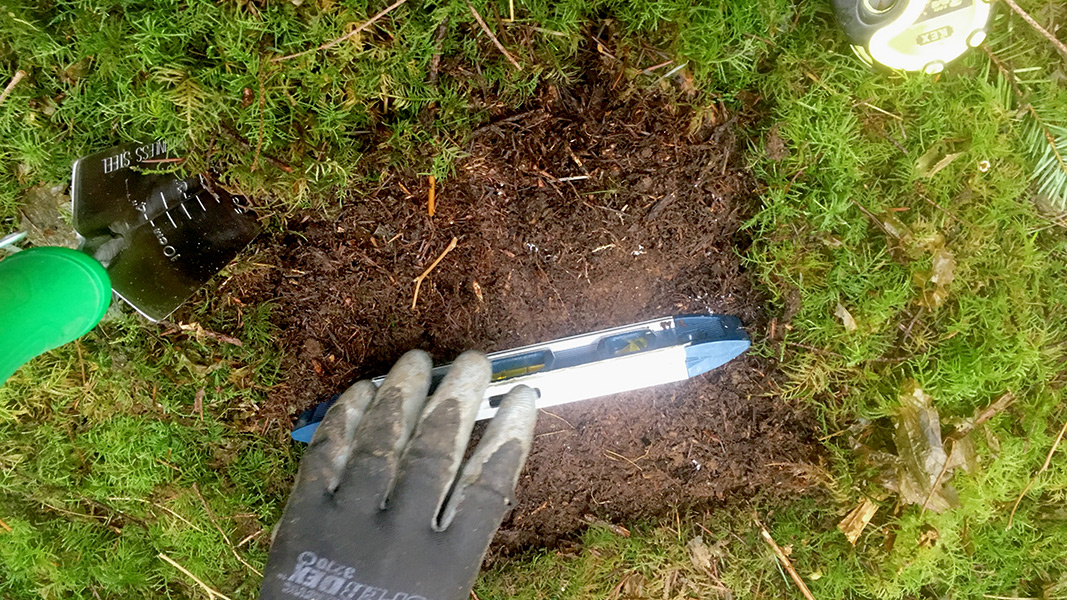Top: Photo courtesy of Sally Brown
The Soil Health Institute (SHI) in Morrisville, North Carolina released its recommended measurements for assessing soil health across North America in mid-August. With support from the Foundation for Food & Agriculture Research, The Samuel Roberts Noble Foundation, and General Mills, SHI led a 3-year, $6.5-million project, partnering with over 100 scientists at 124 long-term agricultural research sites in the U.S., Canada, and Mexico. Conventional management systems were compared with soil health-improving systems. “This allowed us to evaluate over 30 soil health measurements at each site where they had the appropriate experimental design to allow us to come to the appropriate statistical conclusion about the effectiveness of each measurement,” explains Wayne Honeycutt, SHI’s President and CEO. “Evaluating each measurement across such a wide range of climates, soils, cropping systems, and management practices also provided the scientific rigor we needed to identify which measurements could be widely used.”
The analysis found that many measurements are effective for assessing soil health from a research perspective. Based on these results, SHI recommends a minimal suite of three of widely applicable measurements:
- Soil organic carbon concentration, a key component of a soil’s organic matter that influences available water holding capacity, nutrients, biodiversity, structure, and other important soil properties.
- Carbon mineralization potential, which reflects the size and structure of microbial communities in soil, thereby influencing nutrient availability, soil aggregation, and resilience to changing climatic conditions.
- Aggregate stability, which describes how strongly soil particles group together. This influences whether a heavy rainfall will infiltrate into a soil or run off a landscape, taking with it valuable nutrients that become detrimental to water quality. Soil aggregates also influence erosion, aeration, root growth and, therefore, nutrient uptake by plants.
Additional measurements may be included depending on the landowner’s or researcher’s objectives. “We have found that adding soil texture to this list of measurements allows us to calculate a soil’s available water holding capacity,” said Dr. Dianna Bagnall, Research Soil Scientist with SHI. “We can then show a farmer how much more water the soil can store by increasing organic carbon and improving soil health.” Details on SHI’s recommended protocols for sampling and analyzing soils are described on its website.













